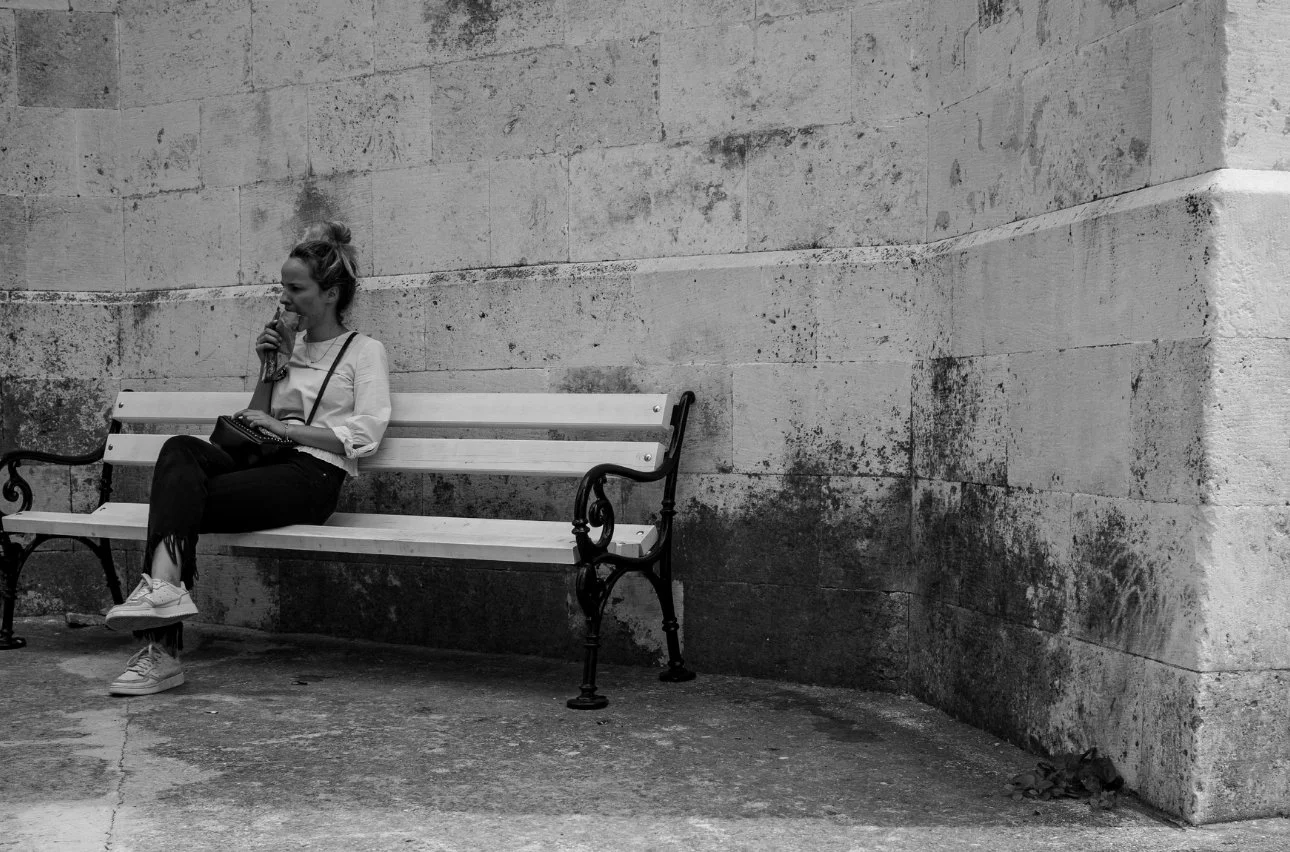Episoode 155
Dobar dan poštovani slušatelji!
We have arrived at our desired destination: sunny and beautiful Zadar!
Let’s learn some vocabulary and phrases that will help you navigate your time in one of the jewels of the Adriatic coast!
Lesson
Church - crkva
Saint Donatus Church - Sveti Donat
Pastry shop - slastičarnica
To visit - posjetiti
Near/next to/by/beside - kraj
Visit the pastry shop near Saint Donat. - Posjetite slastičarnicu kraj Svetog Donata.
Sea Organ - Morske Orgulje
Five Wells Square - Trg Pet Bunara
Zadar Airport is found in Zemunik, eight kilometers from the town center.
Zračna luka Zadar nalazi se u Zemuniku, osam kilometara od centra grada.
Kornati National Park has one hundred and fifty islands. - Nacionalni park Kornati ima sto pedeset otoka.
Super Slatko Report
In this edition of the Super Slatko Report, DJ Moe tells us more about Zadar’s history, architecture and current developments. There is so much to cover! Join us!
If you like cities where ancient stone meets modern life, Zadar will likely catch your attention. Zadar is a place where you can find Roman ruins but also art installation sea organs. You will have your fill of tight windy streets and picturesque coastline views. Zadar has a little bit of something for everyone.
Zadar is located in northern Dalmatia, along Croatia’s central Adriatic coast, jutting slightly into the sea on a narrow peninsula. It’s about halfway between Rijeka and Split, and just across from the islands of Ugljan and Pašman, with ferries connecting them daily. With a population of around 75,000, Zadar is Croatia’s fifth-largest city, though it carries the cultural and historic weight of a much bigger place. There are no dramatic mountains inside the city itself, but the Velebit mountain range—Croatia’s longest—rises just inland, creating a striking contrast to the Adriatic waters. Zadar’s economy today is a mix of tourism, maritime trade, education, and small-scale manufacturing, with a growing tech sector and university presence adding to its modern momentum.
Zadar is shaped by water and stone. The old town sits on a narrow peninsula with fortified walls and ancient gates guarding its entrance. The beaches are more pebbly than sandy, but the sea is clear and calm, making it a favorite spot for swimmers and boaters. The Sea Organ, the Morske Orgulje, one of Zadar’s most famous landmarks, is a set of marble steps built into the waterfront that plays “music” using the rhythm of the waves, combining art, nature, and engineering into one. Just beside it is the “Greeting to the Sun,” the Pozdrav Suncu, a solar-powered light installation that comes alive at dusk. Architecturally, Zadar has become somewhat of a museum; featuring Roman forums, medieval churches, Venetian fortifications, and post-war modernism, sitting side by side. The Church of Sveti Donatus, a circular 9th-century structure built atop Roman ruins, is also worth checking out.
Zadar is one of the oldest continuously inhabited cities in Croatia. It was first settled in the 9th century BCE by the Liburnians, an Illyrian tribe known for their seafaring skills. The Romans arrived in the 1st century BCE and developed Zadar—then called Iadera—into a prominent Roman municipality, complete with temples, baths, and a large forum, parts of which still survive in the city center. During the Middle Ages, Zadar became a key coastal stronghold, passing through Byzantine, Venetian, and Austro-Hungarian hands over the centuries. Each of these chapters left architectural and cultural markers that are still visible today—from Roman columns repurposed in later buildings to Venetian lion crests carved into ancient gates.
Today, Zadar is known as a city of innovation within a historical frame. It has a reputation for being bold in how it blends the old with the new. The Sea Organ and Greeting to the Sun installations have turned the city’s waterfront into a global destination for those looking to experience sound and light in a completely unique way. Zadar also has a long tradition of liqueur-making, especially Maraschino a cherry liqueur first produced in the 16th century and once favored by European royalty. Zadar’s cultural traditions tend to lean into music, especially choral music, thanks in part to its many churches and acoustically rich old spaces. Zadar also holds various festivals year-round, from classical music to outdoor film and food events, all keeping local traditions alive while inviting the contemporary in.
Zadar is a city that rewards those that are paying attention. It’s not designed to overwhelm; it’s built to unfold slowly as you spend time there. Zadar has something for everyone, from medieval towers to wave-powered music, Zadar invites visitors to trace time through its streets and along its seafront. Its charm lies not just in what you see, but in how the old and the new continue to meet—and coexist. Whether you’re drawn to ancient ruins, creative design, or just a great spot to watch the sun set into the Adriatic, Zadar wont disappoint you.
And that’s it for the Super Slatko Report.






